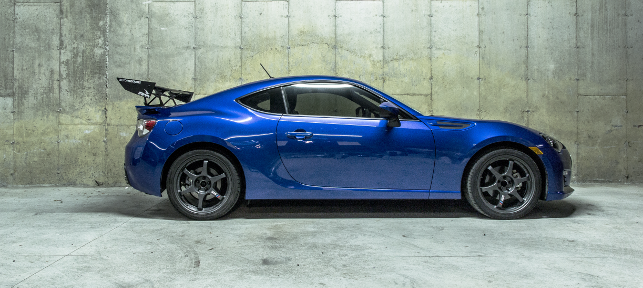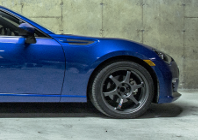
Aeromotions uses its MarkForged carbon fibre 3D printer to develop functional prototypes Credit: Aeromotions
At Airbus, 3D printing has moved beyond the era of prototypes; the company is already producing aerospace-grade parts, not from stainless steel, titanium or some super alloy, but from plastic.
In fact, Airbus has produced more than 1,000 3D printed flight parts for use in its latest A350 XWB aircraft, printed in plastic and delivered in December 2014.
For the aerospace giant, this work is all about meeting future maintenance directives, getting rid of traditional manufacturing, storage and distribution channels and enabling original and replacement parts to be produced at the best-suited locations, reducing both material waste and inventory requirements.
The parts are produced using the Stratasys Fortus family of FDM 3D printers using its specialist Ultem 9085 resin.
Ultem 9085 is certified to meet Airbus’ material specifications, providing a high strength-to-weight ratio and is flame, smoke and toxicity-compliant for aircraft interior applications.
In recent months, Stratasys has continued to target end-use production, even for previously ‘metals only’ processes like injection moulding.
Its Polyjet technology, using a Digital ABS material, is strong enough to create tooling that holds up in short injection moulding runs of between 10 and 100 parts. Printed on Stratasys’ Connex line of printers, it can be used to produce high-detail moulds that would prove too time-consuming and costly for traditional means.
The 3D printed tooling goes straight onto the standard injection-molding machine as would metal, but if design improvements are needed, parts can be altered and reprinted the same day, regardless of the complexity of the shapes involved.
Such innovations in manufacturing pass time savings back to the design team, allowing more time for product innovation or for making changes for which it would prove too costly to recut the tooling.
With the addition of high-strength composites, plastics are capable of adding more strength to a part than a standard metal component, even while reducing weight.
US motorsport supplier Aeromotions uses a MarkForged Mark One 3D printer to create functional prototypes for its racecar airfoils.
To test existing rear spoiler designs on new car models, the company 3D prints custom wing base units using a carbon-fibre-reinforced nylon.
Traditionally made from 6061 Aluminum, metal prototypes from vendors can take up to two weeks to get back.
Aeromotions’ Mark One Composite 3D printer , by contrast, allows the team to print wing bases in-house in under 10 hours.
Aside from speed, the cost is also appealing. A single pair printed in-house costs an estimated $40. By comparison, wing bases CNC’d from aluminium cost on average $68 per set, and no contract manufacturer would produce fewer than three pairs – even when only one pair is needed for testing.
Given the freedoms that plastics offer now, and recent advances in the development of lightweight composites, a gleaming future for metals 3D printing in manufacturing might not provide answers for every company.
Manufacturers pushing boundaries with new plastics for 3D printing
Default






